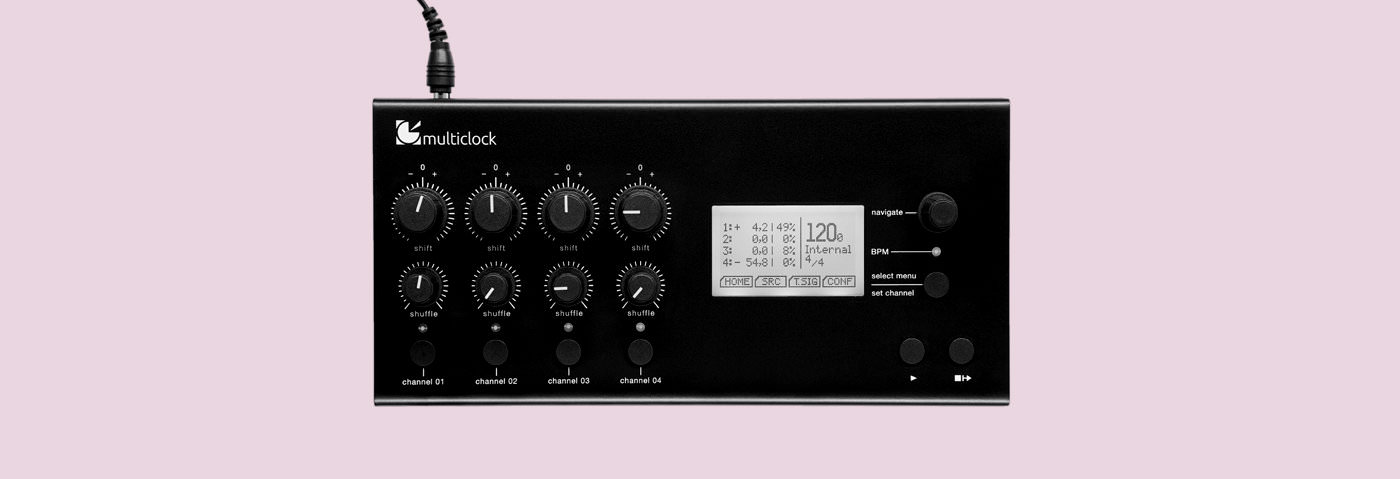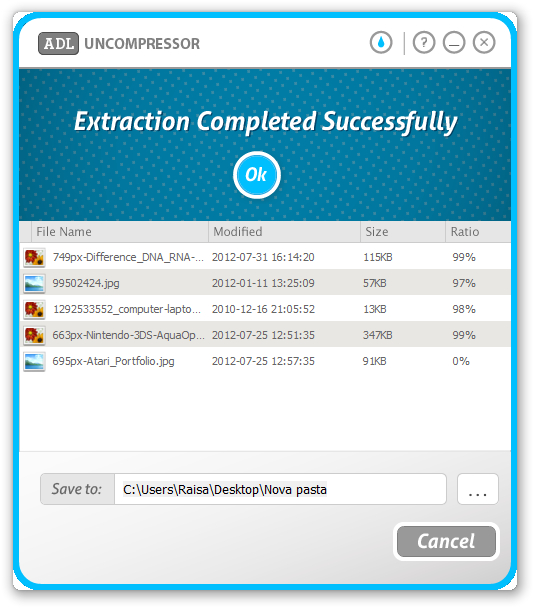

Right now I am also not very concerned about integrating the Microfreak and the Digitone into the setup as I am thinking of getting rid of them.įor the TD3 I think I'd be fine with sending clock only because I exclusively sequence it with its own sequencer. I can give you some more info on what I want to achieve: I basically have two channles of the Multiclock left as I use the first lane as an LFO for my eurorack and the second lane sends analog clock and reset to the Metropolix.

Here finally comes my question: What would be the "best" and most flexible way to wire everything up now? I know that there is no realy best solution for this and that it is a very individual thing but I am still asking for your guys creative ideas. So yesterday I finally received my E-RM Multiclock and yeeeessss, this is the tight groove I've been dreaming of! So things I sequenced in Ableton and then recorded back in were super tightly on the grid but sending out clocks for the sequencers of the respective gear was always a nightmare. I also really wonder why note messages arrive in time at the external synths, but the clock does not. I am very sensitive to minor timing problems and the Midi clock from Ableton was just horrible (Bitwig was much better btw but I could not leave the Push, not yet at least). Nord Electro (mostly used as master keyboard tbh)Ī 9U Eurorack case with a Metropolix being the main sequencerĮverything goes through a patchbay, some outboard and then Into an 8 channel Focusrite interface combined with another 8 ins via ADATĪll of the external machines were either clocked or sent midi notes via USB-midi and I was NOT happy with that solution. I am using Ableton Live together with Push2 to track everything, for effects, to mix and monitor, for samples and also for sequencing some external gear via the Push Also: always use always_ff or always_comb, never use always.Hey guys, this might be a bit of a tricky question but lets give it a shot: This must also be added to your property. The reset can be synchronous or asynchronous as you choose. That is, both x and temp should have resets local to their individual clock domains.

The flipflops created should have resets.

#ADLSOFT MULTICLOCK UPDATE#
If the above doesn't work, or if it seems like a waste to start parallel assertions checking the same thing, the following code might work.Įdit2: Put x inside property and changed two final lines in property to update x to correct values. Thus you cannot check the value made by some other instance of this assertion. I removed the out = x ^ x check from line #3 because x is local to the property. Thus t will be updated to the new value on every posedge of clkA and you will have n assertions checking the same thing(which isn't a problem). A possible fix might be to declare the variable t outside the property scope. I must admit that I am hazy on the scoping of values local to a property, but check if this is causing you troubles. Lastly, what happens if clkA is much faster than clkB? Several assertions will start in parallel and disagree on the actual value of t on the first posedge of clkB. In that case the following would be more correct, although the previous code might still work. The way I read this the assertion should start on every clkA, and then a sequence will always follow. Line #2 is not e prerequisite for line #3, and the same can be said for line #3 and line #4. In my experience a non-overlapping implication will cause the assertion to sample not on the next clkB, but skip one clkB and then sample on clkB.įurthermore I don't quite understand why you are using implications all the way through your assertion. That is, with a overlapping implication in the clock handover.


 0 kommentar(er)
0 kommentar(er)
